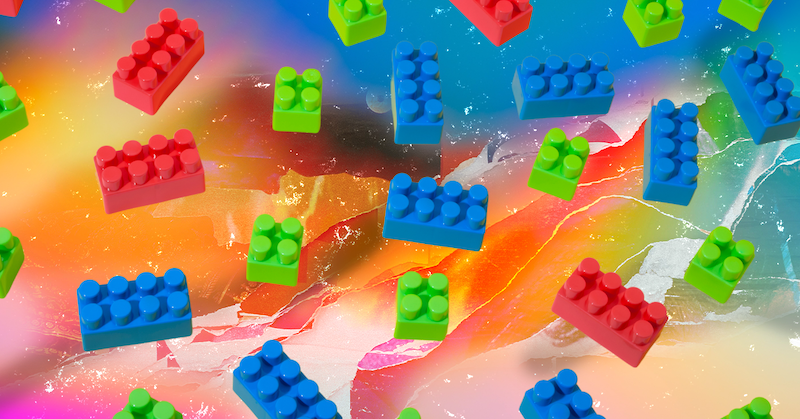Yesterday, we wrote about a massive Dungeons & Dragons Lego set that sounds pretty cool, if you’re into that sort of thing.

But The Lego Group hasn’t scored a home run with every kit; back in 2014, Lego designer Mark Stafford posted to Reddit about the toy company’s many failures, per Business Insider.
What happened?
Stafford said that in the ‘90s, Lego replaced many of its more experienced designers with “innovators” who knew little about toy design or what it took to manufacture them.
They created several products that had way too many parts, causing all sorts of issues — storage, logistics, pricing, etc. These products included:
- A “fiber optics” kit with plastic tubes connected to LED lights. Cool, but they cost more to produce than the kits sold for.
- Primo, or Lego bricks for babies. Babies don’t play with Legos because, well, they are babies.
But Stafford hated Galidor the most
“Galidor: Defenders of the Outer Dimension” was a short-lived children’s sci-fi show co-created by TV creator Thomas W. Lynch and The Lego Group as a way to break into the action figure market.
According to Lego podcast Bits N’ Bricks, the toy designers felt lackluster about the show before it aired. After it aired, it received mixed reviews and failed to find an audience.
Also:
- The line competed against another Lego Group product, Bionicle.
- The toys contained several pieces that were costly to make and, counter to Lego’s typical strategy, no bricks.
The show lasted only two seasons and sales were a complete flop. Some went so far as to blame “Galidor” as a contributing factor in Lego Group’s near bankruptcy.
In 2004…
… Jorgen Vig Knudstorp became CEO of The Lego Group. He cut unprofitable lines and turned the company around.
But “Galidor” toys still have their fans and collections, and The Lego Group did learn from its experience. Bits N’ Bricks notes that the toys’ system for connecting limbs is used in various toy lines today.
